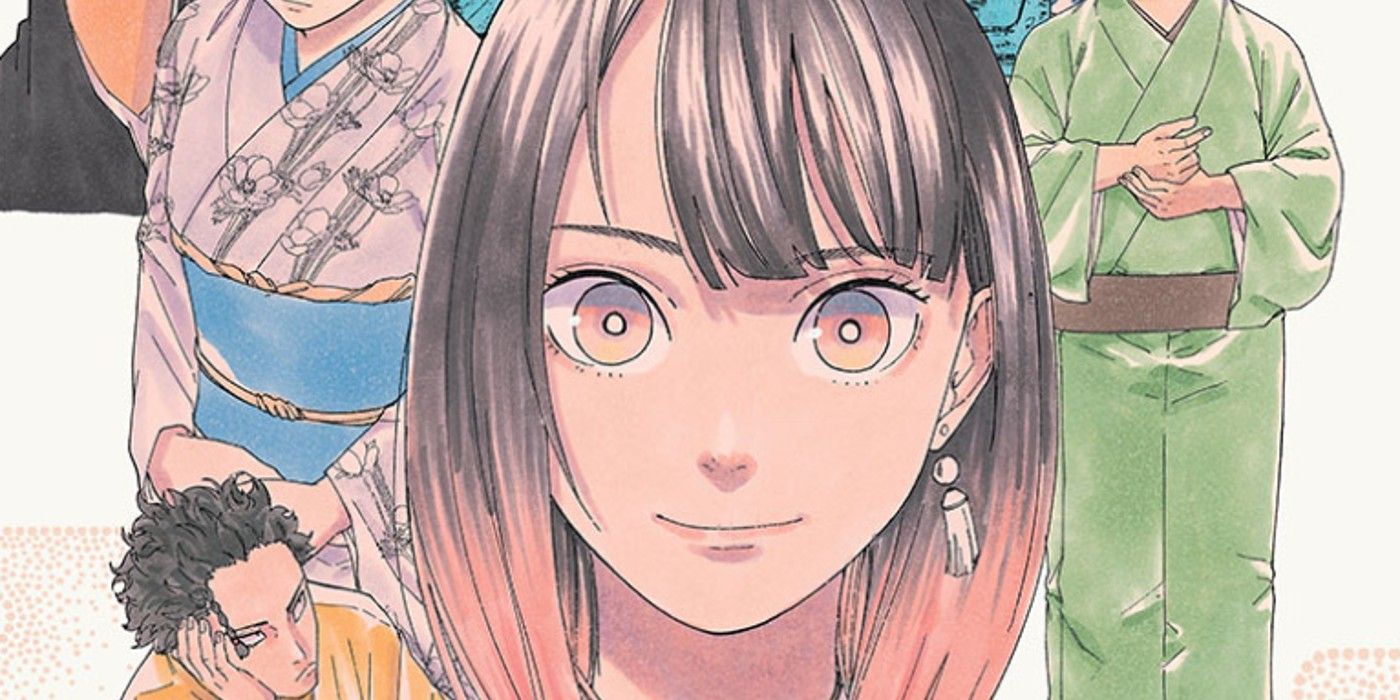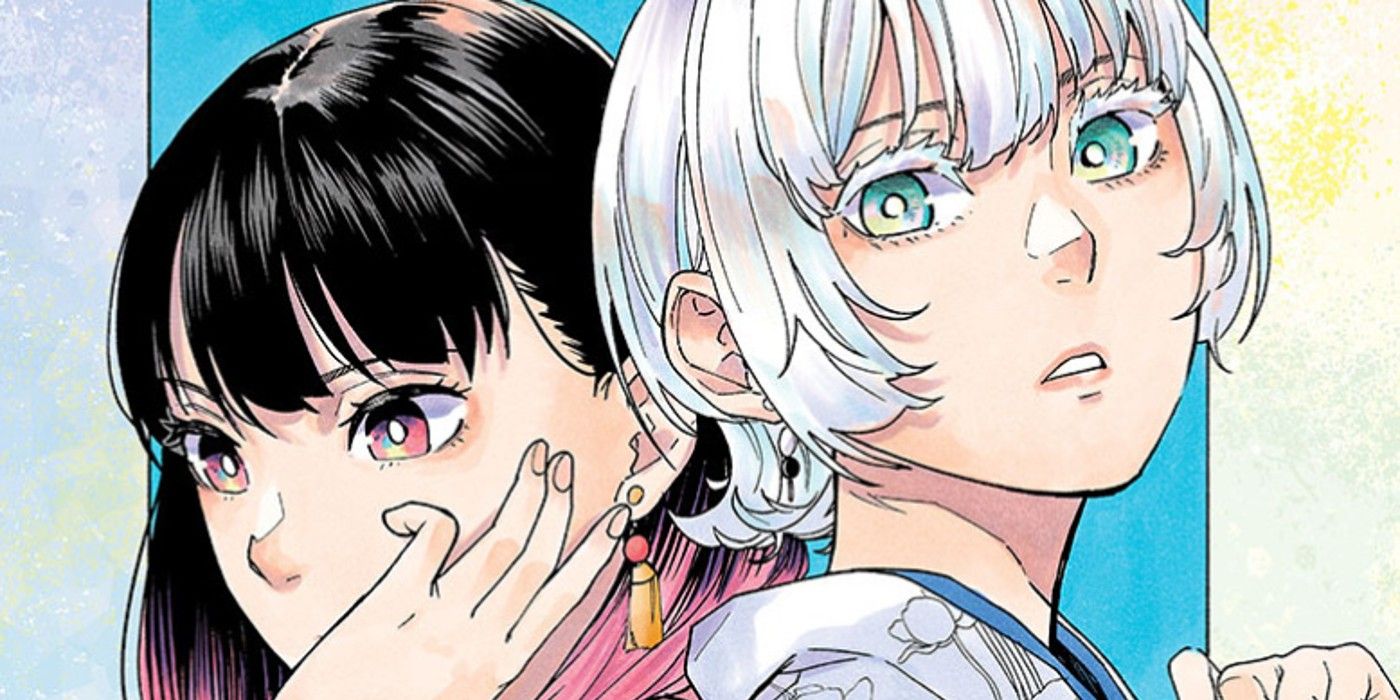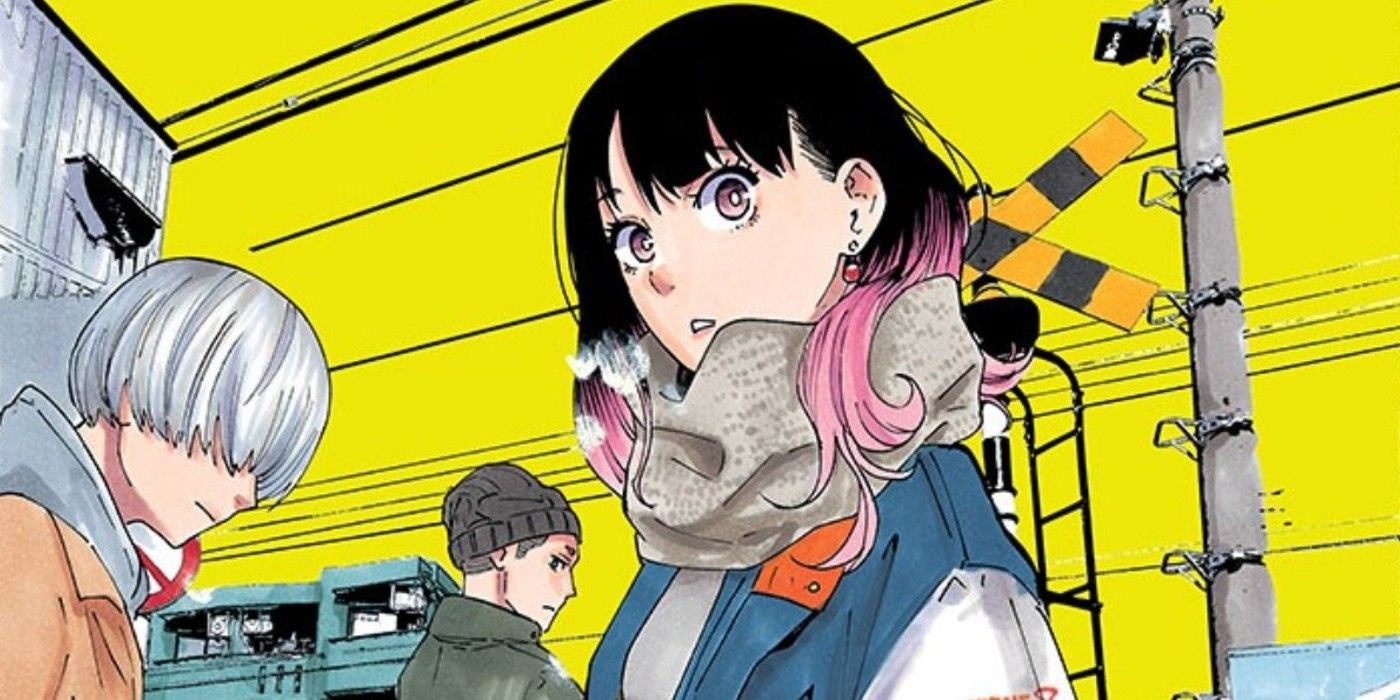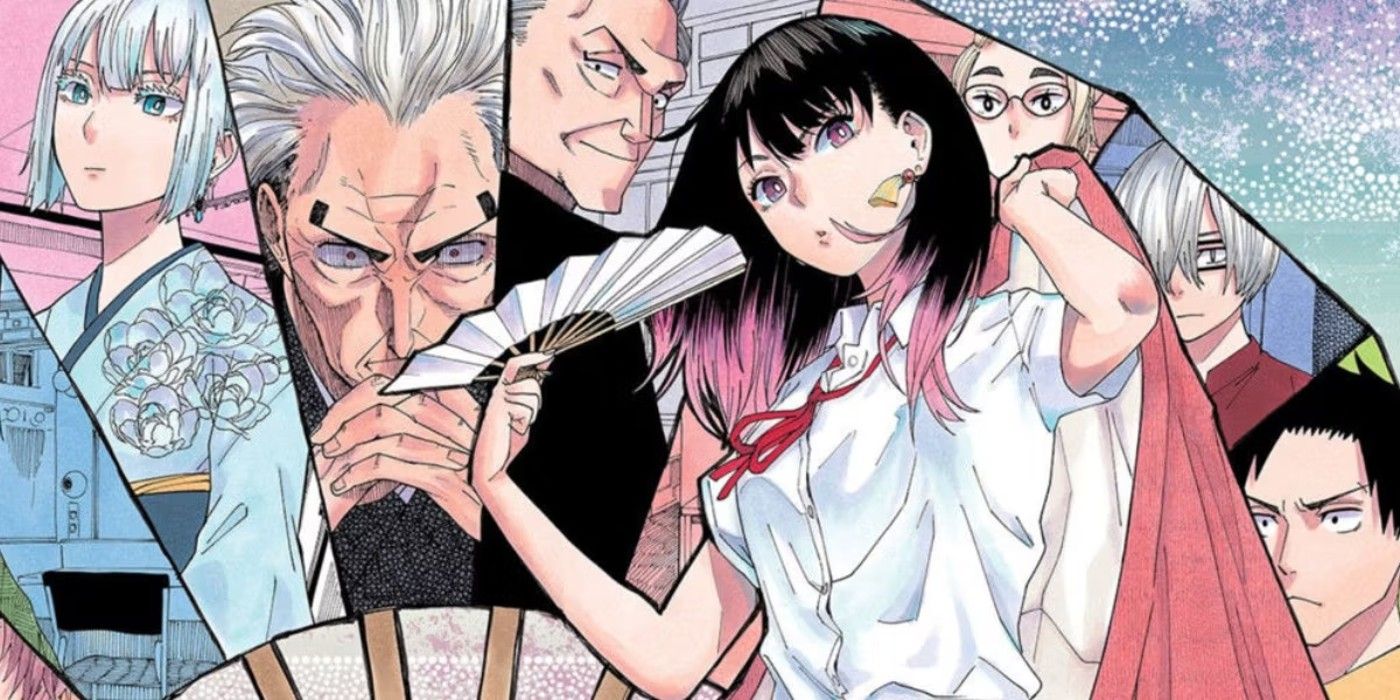Summary
- Akane-Banashi challenges perceptions of the Shonen genre by featuring a female protagonist in a male-dominated field, making her journey and rivalries compelling to watch.
- The manga innovates by treating Rakugo stories as Akane's friends, allowing her to defeat her competitors with the power of friendship. It also subverts traditional Shonen twists by casting her rivals as underdogs.
- The series showcases the different styles of Rakugo as unique techniques, grounding the battle system in real-world skills. This lends weight and added challenges to Akane's struggle in navigating the tension between modern inclinations and the traditions of the art form.
While many fans may have a concrete idea of what the Shonen genre entails, one revolutionary Shonen Jump manga is challenging all of these perceptions. This manga is Akane-Banashi, written by Yuki Suenaga and drawn by Takamasa Moue, which is still relatively new being less than 2 years old. But in that short time it has already made a major impression on both readers and industry professionals alike, largely due to its refreshingly different approach to the genre.
Akane-Banashi is the story of the young girl Akane, who dreams of becoming a professional Rakugoka one day, something she saw her father fail to do when she was a child. Rakugoka are storytellers who engage in the classic Japanese art of Rakugo, which is a performance done by a solo performer with no props. The stories told are one of a variety of stock tales from ancient times, which the audience is generally aware of. This may not sound like a compelling topic for a Shonen manga, but the series takes this very niche subject and brilliantly adapts it to a Shonen narrative while revolutionizing it at the same time.
Akane is a Revolutionary Shonen Jump Manga
Firstly, before diving into the more significant ways the manga innovates on the Shonen genre, it is important to mention that one obvious way it bucks Shonen trends is by having Akane be a girl. While there have been some iconic Shonen Jump manga in the past starring a female protagonist, like Promised Neverland, these series are generally few and far between. Shonen is a genre literally targeting young boys as its demographic, so in some ways this makes sense. However, Akane-Banashi defies this convention, which is good as Akane is incredibly charming and her status as a woman in a largely male dominated field makes it especially interesting to watch her journey.
Akane herself also directly subverts many Shonen twists in a more abstract way. For instance, she treats each of the Rakugo stories she has learned as her friends, allowing to defeat her competitors with the power of friendship in a fun twist on the generally corny trope. But more interesting is how her relationship with her rivals is subverted. At the start of the series, Akane joins a revolutionary Rakugo tournament where she is clearly the best Rakugoka there. This basically twists the general underdog status that most Shonen protagonists have in these competitions, casting her rivals in that role instead. This makes her rivalries much more interesting, and also makes her eventual loss to one of them in a future event still satisfying, as it shows that her rival has grown as well as Akane and this gives her another goal to reach for.
Akane-Banashi's Rakugo Is a Revolutionary "Battle System"
These competitions are also a great chance to show off the different styles of Rakugo that each character uses. These styles essentially equate to the special fighting techniques or superpowers that characters in a typical battle manga have, but they are grounded in real world skills. For instance some rakugokas are better at sensing the mood of the crowd and some are better at the vocal aspects of their performances. These techniques are especially fascinating due to how they relate to the traditional style of performing Rakugo. For such an ancient art form inevitably clashes with some of the more modern approaches that the various characters take to performing it.
This theme is one of the most fascinating parts of the series, and one that is most helped by its real world setting. Akane's struggle necessarily pits her against some of the most established voices in the Rakugo community, and she must learn to manage the tension between her own modern day inclinations and the traditions and culture of the art form she is mastering. This lends each new techniques she learns as she discovers her unique performing style a bit of added weight that is lacking from a character learning a new fighting power in a more fantastical setting. It also forces her to tackle some unique challenges, such as dealing with the backlash of coding snide remarks about a senior in her performance.
Akane-Banashi Proves Real World Topics Can Be Compelling
All of this makes a real world topic that may seem boring on the surface endlessly fascinating, even to people who aren't familiar with the art form in question. For those who are more familiar with Rakugo it is likely even more compelling, which is surely part of the reason for the series' popularity in Japan. This shows how compelling a real world setting can be. Of course, sports manga like Haikyu!! and Slam Dunk had previously shown this through the lens of athletics, but Akane-Banashi proves that even a less inherently exciting topic can be made exciting by applying the Shonen narrative framework to it.
Akane-Banashi isn't the only recent Shonen Jump manga to explore this sort of concept. It is actually part of a growing genre of "Performance Battle Manga" along with series like PPPPPP and the non-Jump manga Oshi no Ko. All of these series focus on showing performance art as a competition, with PPPPPP focusing on pianos and Oshi no Ko focusing on acting and becoming an idol. However, in those two series, there are some fantastical elements to supplement the performance side of things. Akane-Banashi does present its Rakugo performances in a different art style, but ultimately it keeps its performers' skills grounded in reality. Yet it is still compelling, proving that gimmicks aren't needed to make this sort of story interesting.
Akane-Banashi Will Likely Inspire Many Successors
Hopefully Akane-Banashi's success goes on to revolutionize the Shonen genre, inspiring more creators to try their hand at this sort of story in the future. Even stories focused around more typical Shonen subjects like super powered battles and sports can stand to learn a thing or two from the series about how to brilliantly subvert and adapt Shonen tropes in new and exciting ways. Akane-Banashi doesn't seem like it will end any time soon, which means its later arcs and chapters will likely warp the limits of Shonen manga even further. It may also potentially become a major flagship series for the magazine after current titans like My Hero Academia and Jujutsu Kaisen conclude.
Even if it doesn't, it has already left an indelible mark on the Shonen genre that will hopefully inspire new and more refreshing Shonen Jump stories in the future.





